Proposed Title:
Low Power and Area Efficient Shift Register with CMOS 130nm using Pulsed Latches Flip Flop and Ring counters
Proposed System:
- To Reduced the Power consumption as per the comparison of this base paper.
Advantages:
- Reduced the Power
- Increases the speed
Software used:
- Tanner EDA Tool v13

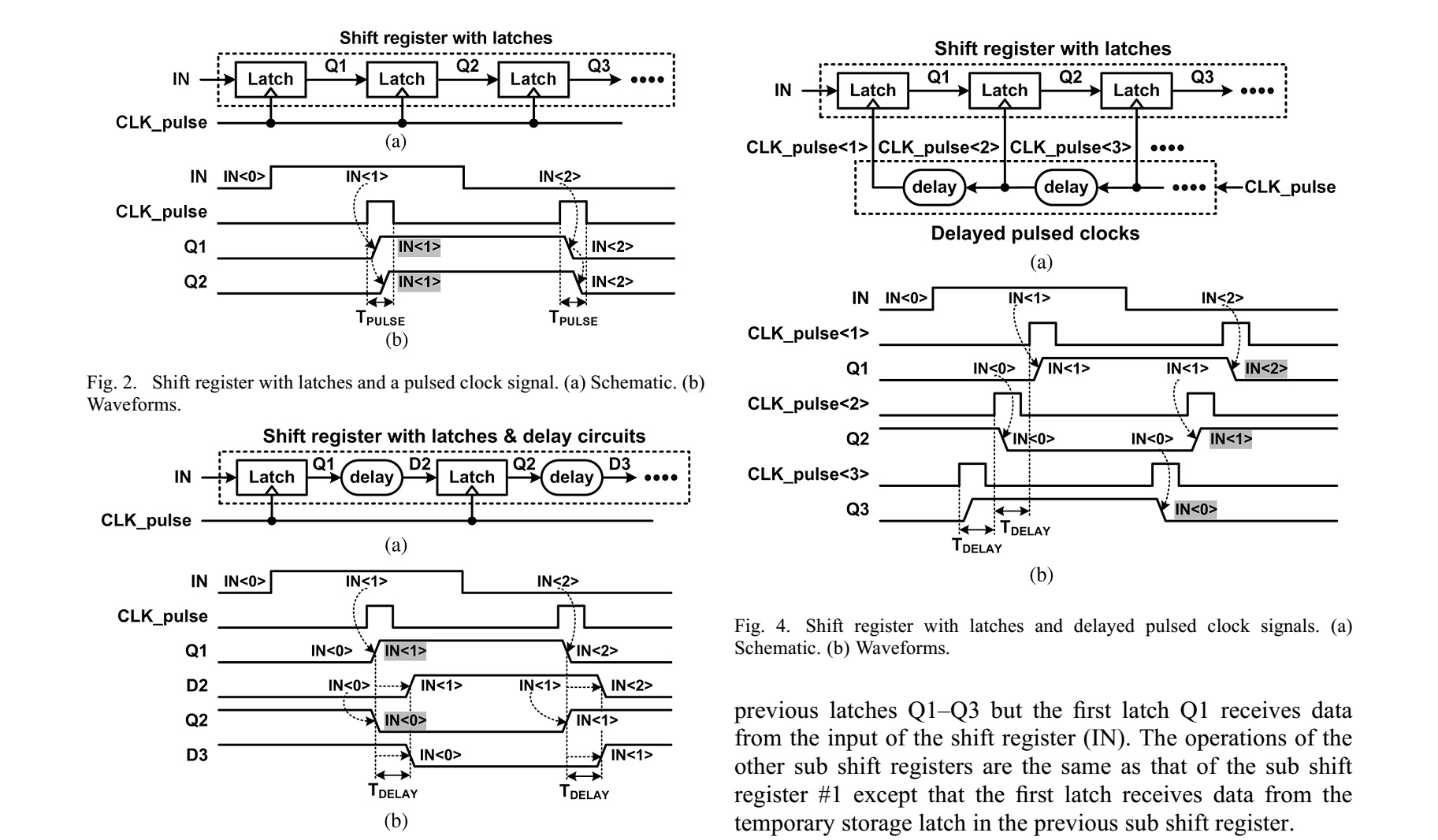
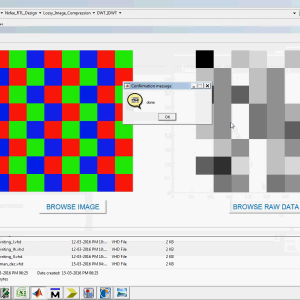
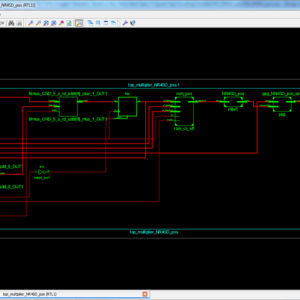


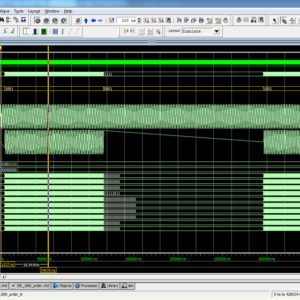
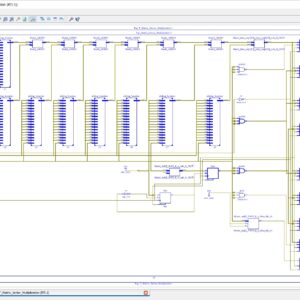
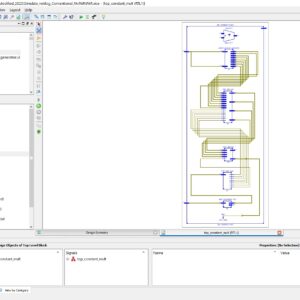
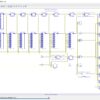
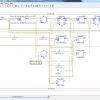
Reviews
There are no reviews yet.